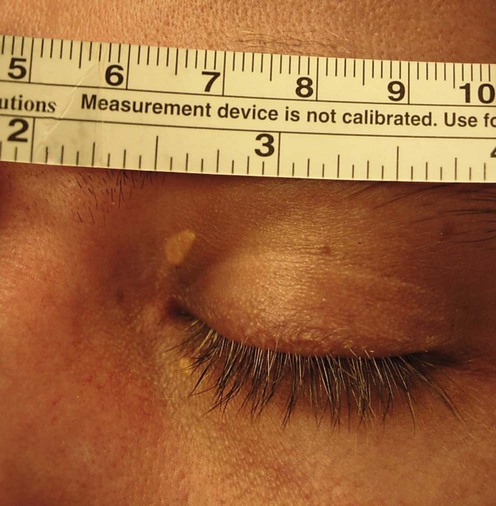Lucile E. White, Marcelo G. Horenstein and Christopher R. Shea Fujita M, Shirai K. J Dermatol 1996; 23: 598–602.
Xanthomas

First-line therapies
A comparative study of the therapeutic effect of probucol and pravastatin on xanthelasma.
![]()
Stay updated, free articles. Join our Telegram channel

Full access? Get Clinical Tree







 Low-fat diet and systemic lipid-lowering therapy: statins, bile acid-binding resins, fibrates, and/or nicotinic acid
Low-fat diet and systemic lipid-lowering therapy: statins, bile acid-binding resins, fibrates, and/or nicotinic acid